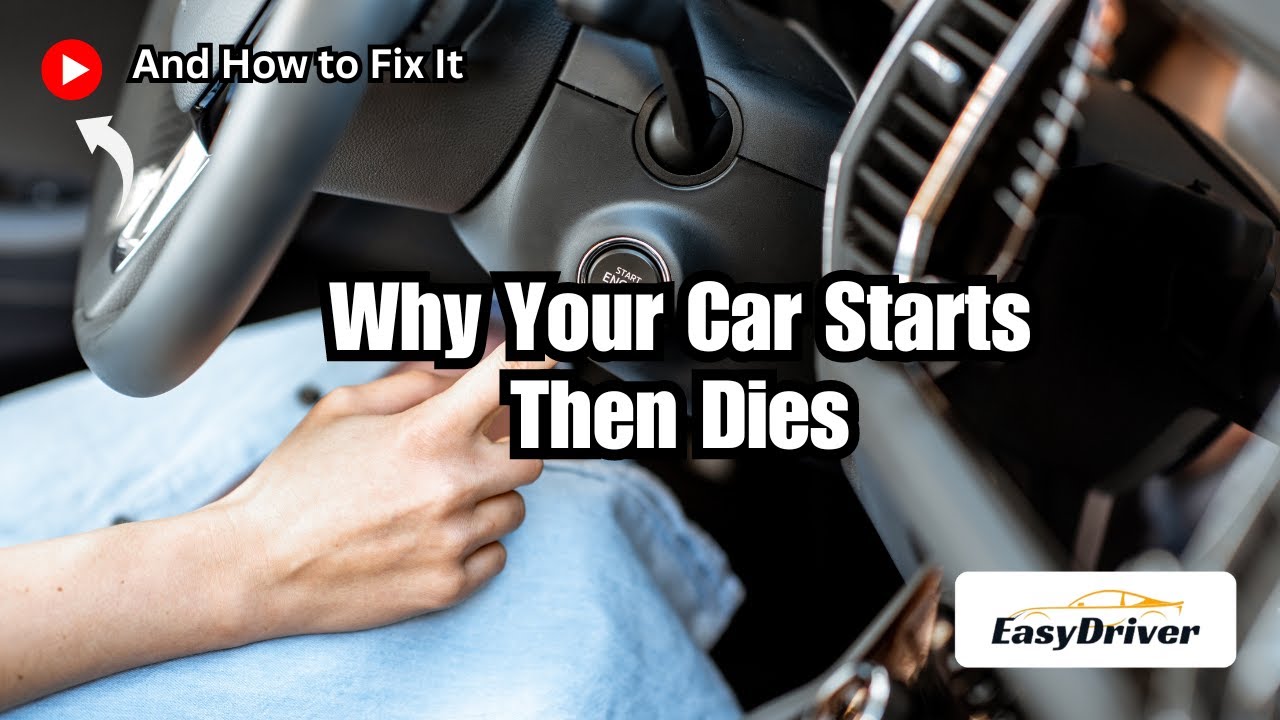Experiencing a situation where your car turns on and then dies can be frustrating and alarming. This issue can stem from various problems within the vehicle’s systems. In this complete guide‚ we will explore the possible causes‚ symptoms‚ and solutions for a car that starts but then stalls shortly after. Understanding these elements can help you diagnose the issue effectively and determine whether you can fix it yourself or need professional help.
Common Causes of Car Turning On and Then Dying
Several factors can lead to your car starting only to die immediately afterward. Here are some common issues to consider:
- Fuel System Issues: Problems with fuel delivery‚ such as a clogged fuel filter‚ failing fuel pump‚ or empty fuel tank.
- Ignition Problems: Issues with the ignition system‚ including a faulty ignition coil‚ bad spark plugs‚ or problems with the ignition switch.
- Electrical System Malfunctions: A weak battery‚ corroded battery terminals‚ or issues with wiring and fuses can prevent the car from running properly.
- Air Intake Problems: A dirty air filter or malfunctioning mass airflow sensor can hinder engine performance.
- Engine Management Issues: Problems with the engine control unit (ECU) or various sensors that monitor engine performance can cause stalling.
Symptoms to Look Out For
Identifying the symptoms associated with your car’s issue can help narrow down the potential causes. Here are some common symptoms:
- Engine starts but stalls within seconds.
- Difficulty starting the engine or slow cranking.
- Dashboard warning lights illuminating.
- Unusual sounds‚ such as sputtering or backfiring.
- Fuel smell or leaking fuel.
Troubleshooting Steps
If your car turns on and then dies‚ follow these troubleshooting steps to diagnose the problem:
- Check the Fuel Level: Ensure your fuel tank has an adequate amount of gasoline. Sometimes‚ the fuel gauge may be inaccurate.
- Inspect Fuel System: Check for a clogged fuel filter or a malfunctioning fuel pump. You can do this by listening for the fuel pump’s sound when you turn the key to the “on” position.
- Examine the Battery: Ensure the battery is charged and terminals are clean. A weak battery can cause starting issues.
- Inspect the Ignition System: Check the spark plugs and ignition coils for any signs of wear or damage. Replace them if necessary.
- Look for Air Intake Issues: Inspect the air filter and mass airflow sensor for clogs or damage. Clean or replace them as needed.
- Scan for Error Codes: Use an OBD-II scanner to check for any diagnostic trouble codes (DTCs) that can provide clues to the issue.
When to Seek Professional Help
If you have gone through the troubleshooting steps and are still unable to determine the cause of your car’s issue‚ it may be time to seek professional assistance. Here are some indicators that you should consult a mechanic:
- Persistent stalling issues that do not resolve with basic troubleshooting.
- Multiple warning lights illuminated on the dashboard.
- Strange noises or smells that indicate a more serious issue.
- Inability to perform basic checks or repairs due to lack of knowledge or tools.
Preventive Measures
To avoid the issue of your car turning on and then dying in the future‚ consider these preventive measures:
- Regular Maintenance: Schedule regular tune-ups and maintenance checks to ensure all systems are functioning correctly.
- Fuel System Care: Use quality fuel and consider using a fuel system cleaner periodically to prevent clogs.
- Battery Maintenance: Keep your battery terminals clean and check the battery health regularly.
- Air Filter Replacement: Change the air filter according to your vehicle’s maintenance schedule to ensure proper airflow.
Having a car that turns on and then dies can be a sign of various underlying issues. By understanding the common causes‚ symptoms‚ and troubleshooting steps‚ you can take the necessary actions to diagnose and potentially resolve the problem. Always remember that if you are unsure or uncomfortable performing any checks or repairs‚ it is best to seek help from a qualified mechanic to ensure your vehicle is safe and reliable.

